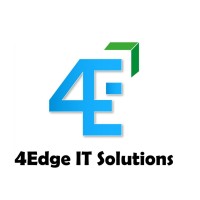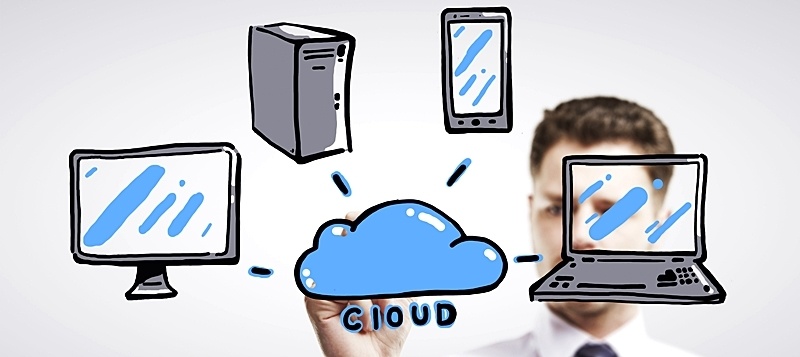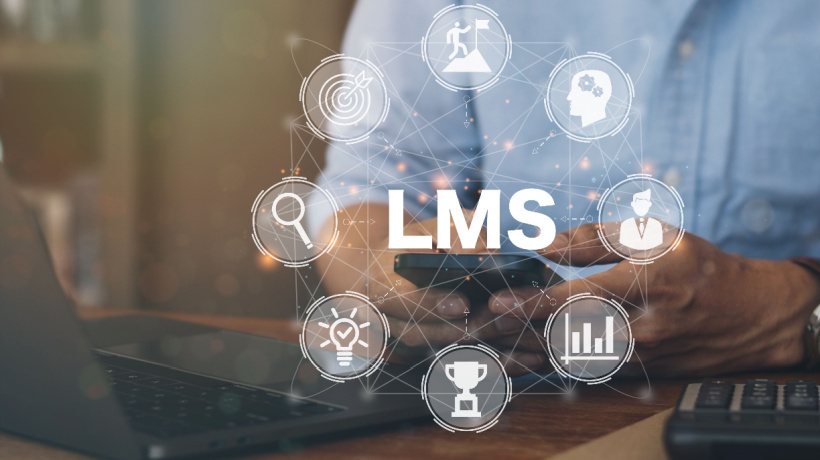Affordable LMS Options For SMBs In 2026
Small and medium-sized businesses (SMBs) typically face a challenge related to employee upskilling: how to keep teams up-to-date in the current, fast-changing digital economy without overspending on tools that are too complex or underused. Whether it's onboarding new hires, rolling out compliance training, or building continuous upskilling programs, a Learning Management System (LMS) has become the backbone of modern workforce learning. But for SMBs, choosing the right LMS can be tricky. Pricing varies widely, ranging anywhere from $2 to $5 per user per month, and many enterprise-grade solutions bundle in advanced features that may never be used. This guide explores why SMBs need an LMS, the market trends shaping 2026, the must-have features to look for, and practical tips for evaluating options.
Why SMBs Need An LMS
For smaller organizations, training is often inconsistent or resource-intensive. An LMS addresses these gaps by providing:
- Cost and time savings
Digital learning reduces travel and venue costs while allowing employees to learn on the job with minimal downtime. - Consistency and compliance
Standardized training modules ensure every employee receives the same knowledge, while certifications and records support compliance requirements. - Scalability
As teams expand or new locations open, courses can be deployed instantly across the workforce. - Analytics and improvement
Built-in reporting helps HR and L&D leaders identify where learners struggle, which content resonates, and how training impacts performance.
The benefits cut across industries: manufacturing firms need safety compliance, start-ups need consistent onboarding, and professional services prioritize continuous development.
Market Trends Shaping LMS Platforms In The Coming Years
The LMS landscape has matured significantly. Seven major trends are shaping platforms SMBs will evaluate:
- AI-powered personalization
Intelligent engines recommend courses and learning paths tailored to individual needs. - Mobile learning and accessibility
Mobile-first designs allow access anytime, anywhere, often with offline functionality for remote teams. - Gamification and social learning
Badges, leaderboards, and peer interaction keep learners engaged. - Data analytics and learning insights
Rich dashboards measure outcomes, identify gaps, and prove ROI. - Hybrid learning models
Combining online modules with face-to-face training provides flexibility. - Continuous learning and micro-credentials
Short courses and micro-certifications encourage lifelong learning. - Integration with HR systems
Seamless integration aligns training with performance reviews and career progression.
For SMBs, these trends underline the importance of choosing platforms that don't just deliver content, but also personalize experiences, provide actionable analytics, and align with broader HR systems.
Key Features SMBs Should Look For
Affordability doesn't mean compromising on essentials. When evaluating LMS options, HR and L&D leaders should ensure platforms cover:
- Customization and integration
Branding and links to HR/payroll systems for smooth data flow. - Mobile and offline access
Learning that travels with employees, regardless of connectivity. - Microlearning and bite-sized content
Modules of five to ten minutes that fit easily into daily work. - Interactive formats
Quizzes, video, and discussion forums that deepen engagement. - Gamification tools
Certificates, badges, and leaderboards to keep learners motivated. - Learning paths and grouping
Structured journeys that can be assigned by role or department. - Assessments and compliance support
Automated reminders, quizzes, and certification tracking. - Robust reporting
Dashboards and exportable data for measuring outcomes.
If a platform lacks mobile access or reporting capabilities, it may not scale effectively for modern SMB needs.
Pricing And ROI: Setting Expectations
SMBs should budget realistically, understanding the main pricing models:
- Per-user subscription
Charges per active learner. - Pay-as-you-go
Costs tied to usage (per course, per enrollment). - Flat annual licenses
Predictable pricing for larger teams. - Open-source platforms
Lower up-front costs but requiring technical expertise for customization and maintenance.
When assessing ROI, HR leaders should look beyond subscription fees and consider:
- Savings on travel, venues, and instructor time.
- Reduced employee downtime during training.
- Compliance risk mitigation through audit-ready tracking.
- Performance impact measured through assessments and job outcomes.
Practical Tips For SMBs Choosing An LMS
- Define learning goals
Clarify whether the priority is onboarding, compliance, or skill development. - Start small
Pilot the LMS with one department to measure adoption before full rollout. - Prioritize mobile and offline capability
Essential for distributed and deskless workforces. - Check integrations
HRIS, payroll, or communication tools should connect seamlessly. - Evaluate content flexibility
Ensure the LMS supports multiple content formats (SCORM, xAPI, video, documents) - Plan for engagement
Use gamification and social features to sustain momentum. - Track analytics
Monitor participation, completion rates, and performance improvements. - Consider support and scalability
Affordable doesn't mean unsupported; ensure the vendor can grow with your business.
The LMS market in 2026 offers SMBs more affordable, feature-rich options than ever before. By focusing on personalization, mobile learning, analytics, and scalability, smaller organizations can implement digital learning solutions that rival enterprise systems—without enterprise costs.
The best platform is not necessarily the one with the most features, but the one that aligns with your learning goals, budget, and workforce realities. For HR and L&D leaders, the key is to start with clarity, measure impact, and scale at a pace that fits the business.










